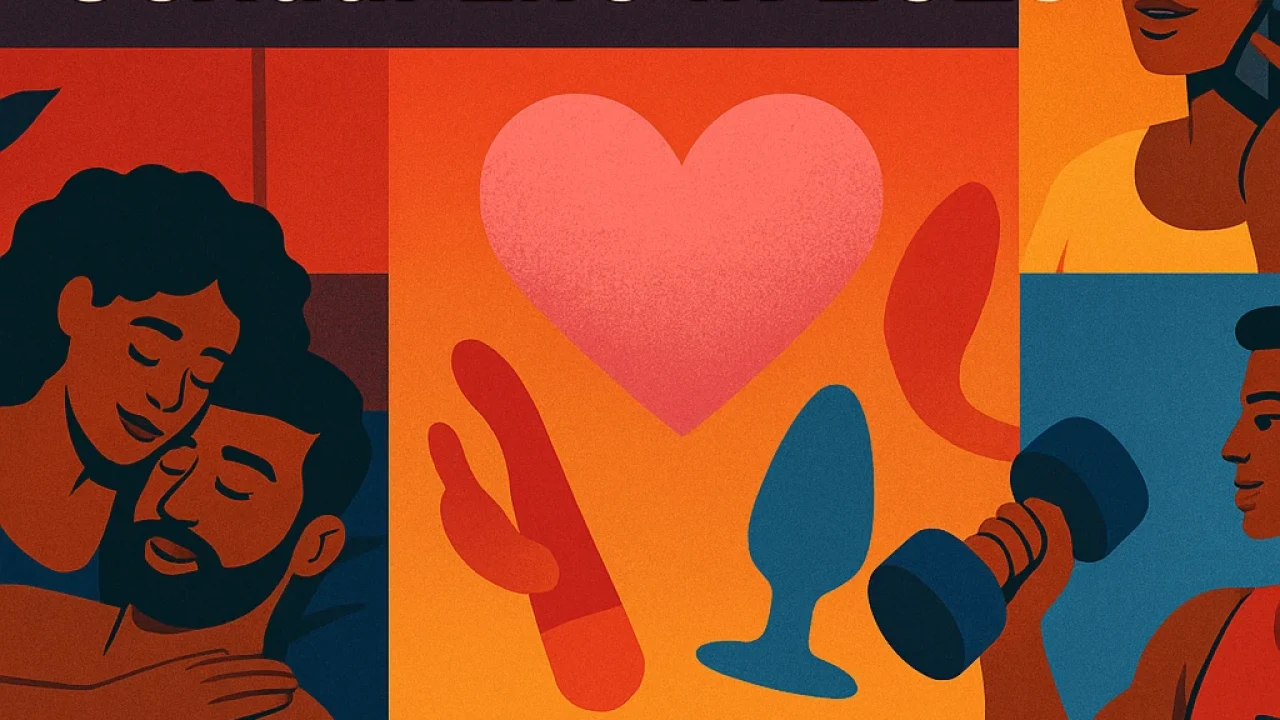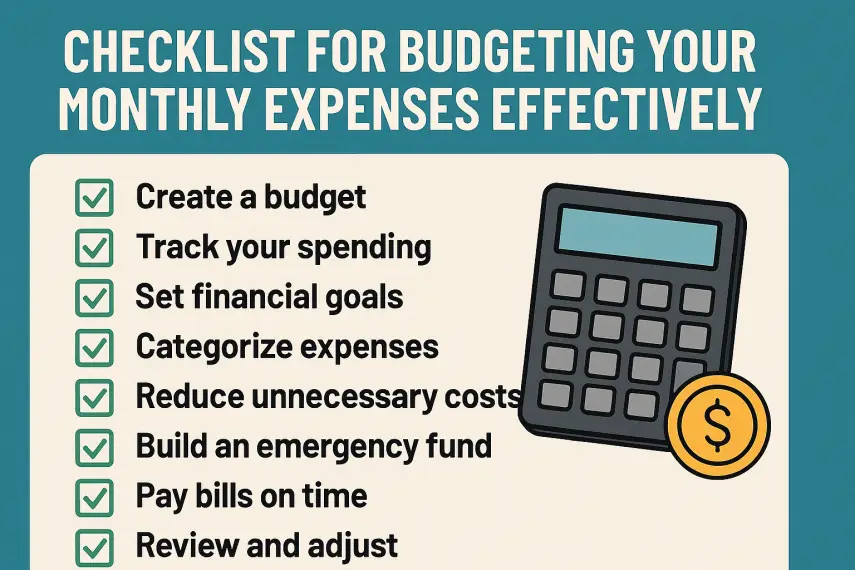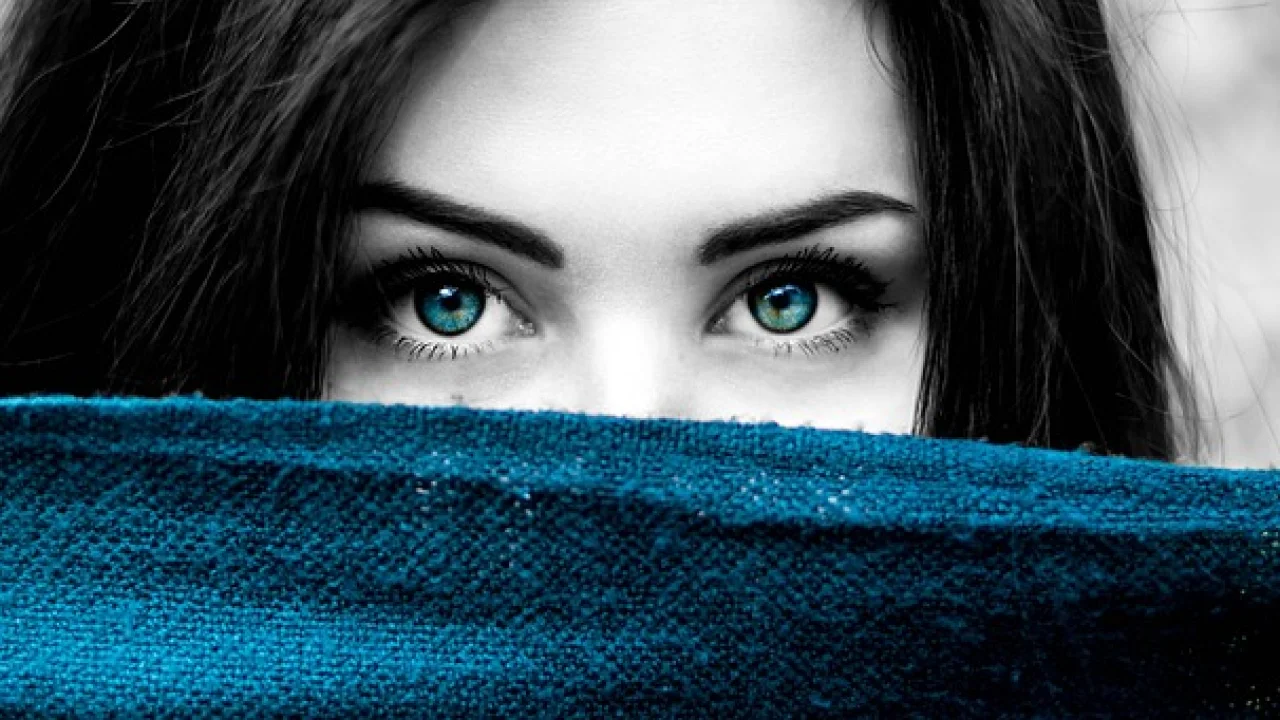
Ultimate Guide to Highlights: Techniques, Trends, and Tips for Stunning Hair Color
📑 Contents
Ultimate Guide to Highlights: Techniques, Trends, and Tips for Stunning Hair Color
Highlights have become one of the most popular and versatile ways to add dimension, depth, and personality to hair. Whether you want subtle sun-kissed strands or bold, dramatic contrast, highlights can be tailored to suit your style, hair type, and maintenance preferences. In this comprehensive guide, we’ll explore the different types of highlights, the latest trends, application techniques, maintenance tips, and frequently asked questions to help you achieve your dream look.
What Are Highlights?
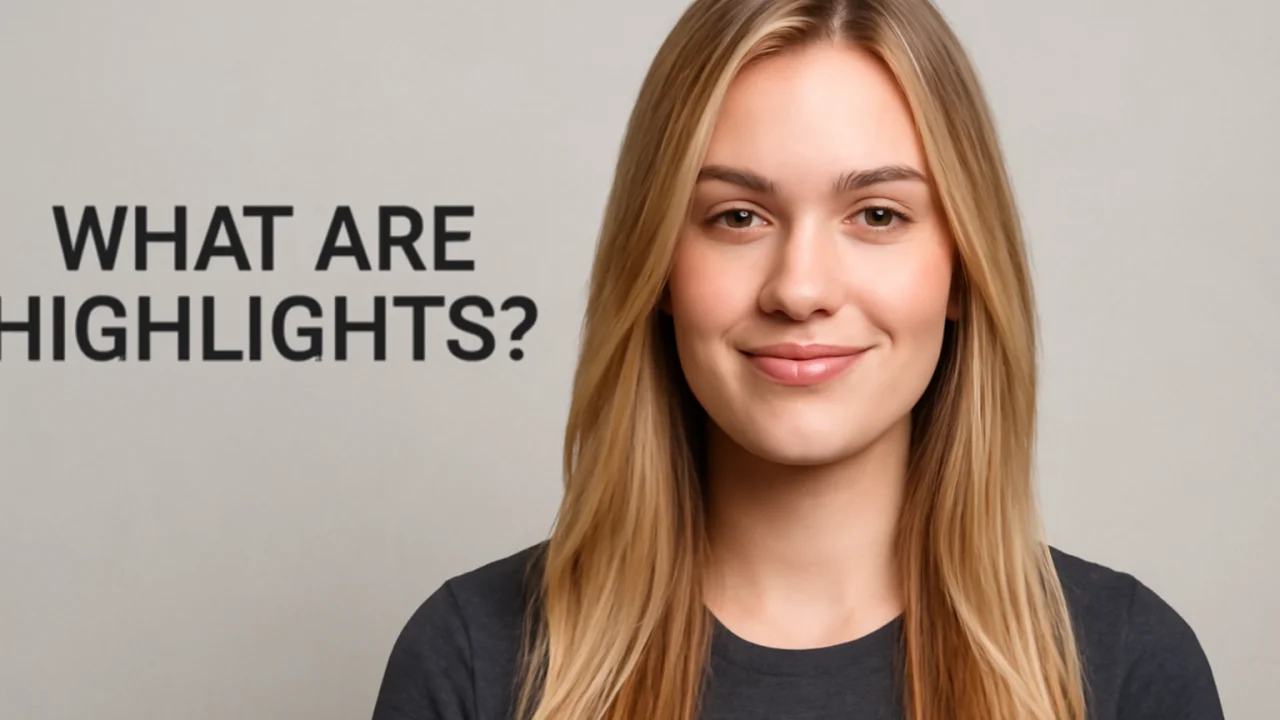
Highlights are sections of hair that are lightened or colored to contrast with the natural or base hair color. They work by adding lighter streaks or panels, creating the illusion of depth, movement, and texture. Highlights can range from barely-there babylights to chunky, high-contrast pieces. The right highlights can brighten your complexion, emphasize your haircut, and add a fashionable twist to your overall appearance.
Popular Types of Highlights
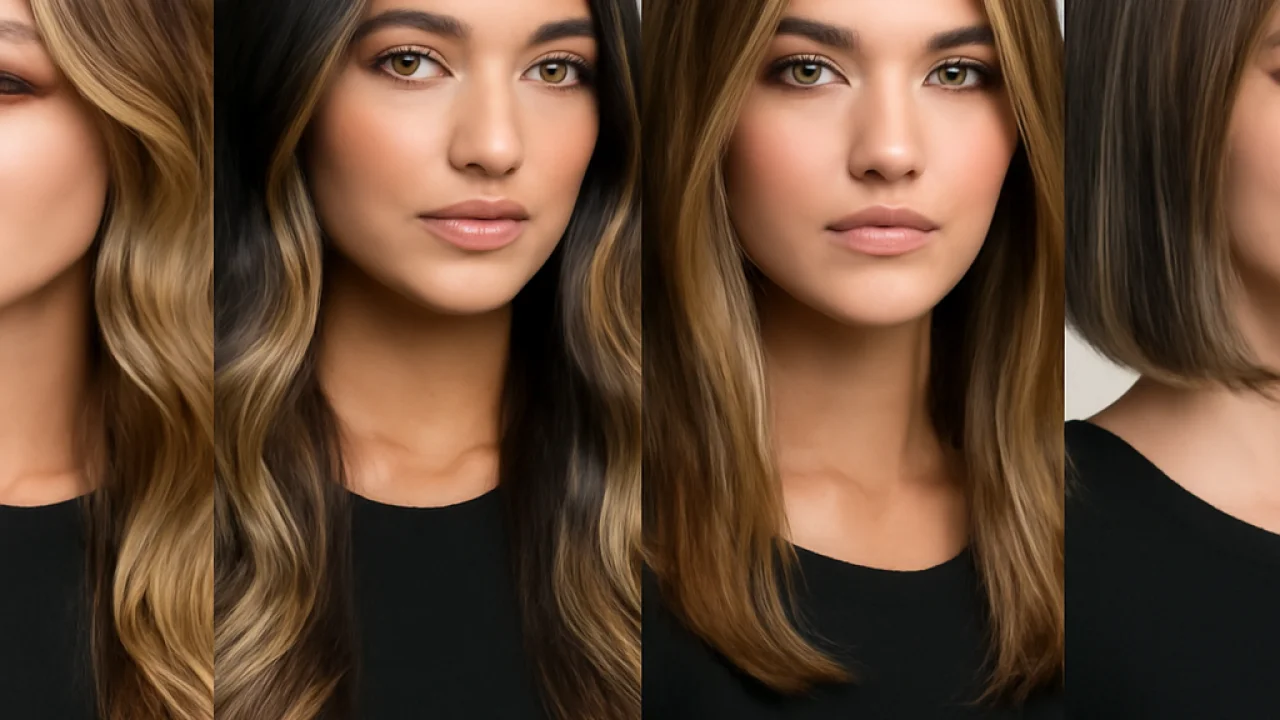
There are several types of highlights, each offering a unique effect. Here’s a breakdown of the most popular techniques:
| Highlight Type | Description | Best For |
|---|---|---|
| Foil Highlights | Hair sections are wrapped in foil after applying lightener, allowing for precise placement and even lift. | Defined, uniform streaks; all hair types |
| Balayage | Hand-painted highlights for a natural, sun-kissed effect with softer, blended regrowth. | Low-maintenance looks; wavy/curly hair |
| Babylights | Ultra-fine, subtle highlights that mimic natural hair lightening in children. | Fine hair; natural-looking results |
| Chunky Highlights | Thicker, bold sections of lightened hair for a dramatic contrast. | Bold styles; straight or thick hair |
| Ombre/Sombre | Gradual lightening from roots to ends (ombre) or a softer, more blended version (sombre). | Long hair; dimensional color |
| Face-Framing Highlights | Strategically placed highlights around the face to brighten and accentuate facial features. | All face shapes; accentuating layers |
Current Trends in Highlights
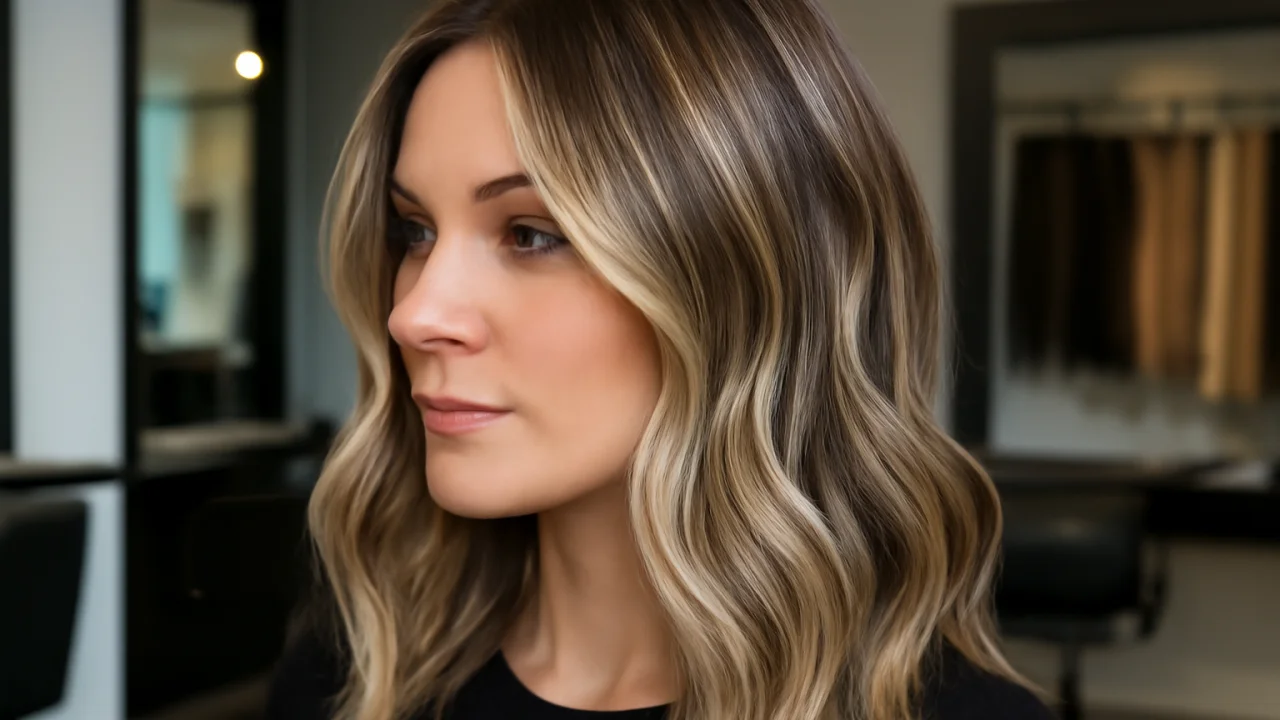
Hair color trends evolve with fashion and seasonality. Here are some of the top highlights trends in 2024:
- Money Piece Highlights: Bold, lightened sections at the front to frame the face and make a statement.
- Reverse Balayage: Adding darker tones to previously highlighted hair for added depth and contrast.
- Caramel and Honey Tones: Warm, rich highlights that complement a wide range of base colors and skin tones.
- Platinum and Cool Ash: Icy, cool-toned highlights for a modern, high-fashion look.
- Natural-Looking Root Shadow: A seamless transition from darker roots to lighter ends for a lived-in, effortless style.
Choosing a trend should always take into account your skin tone, natural hair color, and lifestyle.
How to Choose the Right Highlights for You
Selecting the best type of highlights involves considering your hair type, base color, skin tone, and maintenance commitment. Here’s a quick guide:
- Skin Tone: Warm highlights (caramel, honey, golden blonde) complement warm undertones, while cool highlights (platinum, ash, beige) suit cool undertones.
- Hair Type: Finer hair benefits from babylights for subtle dimension, while thicker hair can handle chunkier highlights or bold balayage.
- Base Color: Stay within two to three shades of your base for a natural look, or go bolder for a dramatic change.
- Maintenance: Balayage and sombre require less frequent touch-ups, while foil highlights and high-contrast looks need more upkeep.
Consulting a Professional vs. DIY Highlights
While at-home highlighting kits are available, professional colorists can tailor the technique and color to your hair’s unique needs. If you’re new to highlights or want a major change, a salon visit is highly recommended.
Highlight Application Techniques
Understanding the application methods helps you discuss your desired outcome with your stylist or attempt safe DIY approaches. Here are the most common techniques:
- Foil Method: Sections of hair are separated with foils, allowing for precise control and multiple colors.
- Balayage Painting: Colorist hand-paints lightener onto the hair surface for a natural, blended effect.
- Cap Highlighting: Hair is pulled through a perforated cap and lightened, often used for shorter hair.
- Freehand: No tools other than a brush or fingers, for very subtle, artistic results.
Each method has its pros and cons in terms of cost, maintenance, and final appearance.
Maintaining Your Highlights
Proper care is essential to keep highlights looking vibrant and healthy. Here are some maintenance tips:
- Use Color-Safe Shampoo: Sulfate-free and color-protective formulas help prevent fading and dryness.
- Deep Conditioning: Weekly treatments restore moisture and repair lightener-induced damage.
- Toning: Purple or blue shampoos neutralize unwanted brassiness in blonde or lightened highlights.
- Limit Heat Styling: Excessive heat can cause color to fade faster; always use a heat protectant.
- Regular Touch-Ups: Depending on your technique, visit your stylist every 6–12 weeks to maintain your look.
Pros and Cons of Getting Highlights
Before committing, it’s important to weigh the benefits and potential drawbacks:
- Pros:
- Adds dimension and movement to hair
- Can brighten and enhance complexion
- Customizable to suit any style or hair type
- Low-maintenance options available (balayage, sombre)
- Cons:
- Potential for dryness or damage from lightening agents
- May require regular salon visits for upkeep
- Improper technique can lead to uneven color or brassiness
FAQs About Highlights
1. How long do highlights last?
Highlights typically last 6 to 12 weeks, depending on the technique, your hair’s growth rate, and how well you maintain your color.
2. Can highlights damage my hair?
Lightening hair can cause dryness or breakage if not done properly. Using quality products, regular conditioning, and professional application minimizes risks.
3. Are highlights suitable for all hair types?
Yes, highlights can be adapted for all hair types and textures. Your stylist can recommend the best method for fine, thick, straight, or curly hair.
4. What’s the difference between highlights and lowlights?
Highlights lighten sections of hair, while lowlights add darker tones for depth and contrast. Many styles combine both for a multi-dimensional effect.
5. How can I prevent my highlights from turning brassy?
Use a purple or blue toning shampoo, avoid excessive sun and chlorine exposure, and schedule regular salon toning treatments.
Summary
Highlights are a timeless way to refresh your look, add dimension, and express your personality. With a range of techniques and trends to choose from, there’s a highlighting option for everyone. Consulting with a professional, choosing the right shade and method, and following proper maintenance will ensure your highlights stay vibrant and your hair remains healthy. Whether you prefer subtle sun-kissed strands or bold pops of color, highlights continue to be a top choice for style-savvy individuals worldwide.



